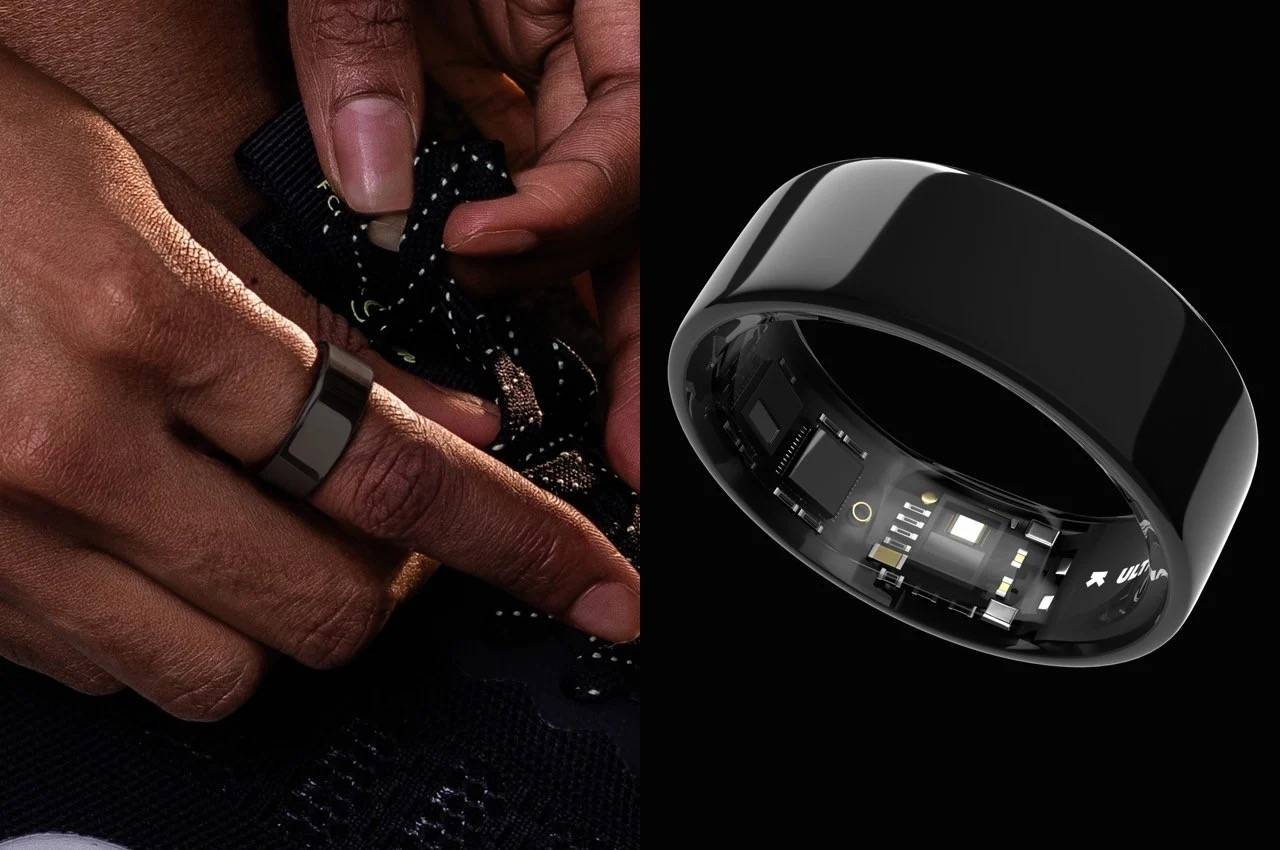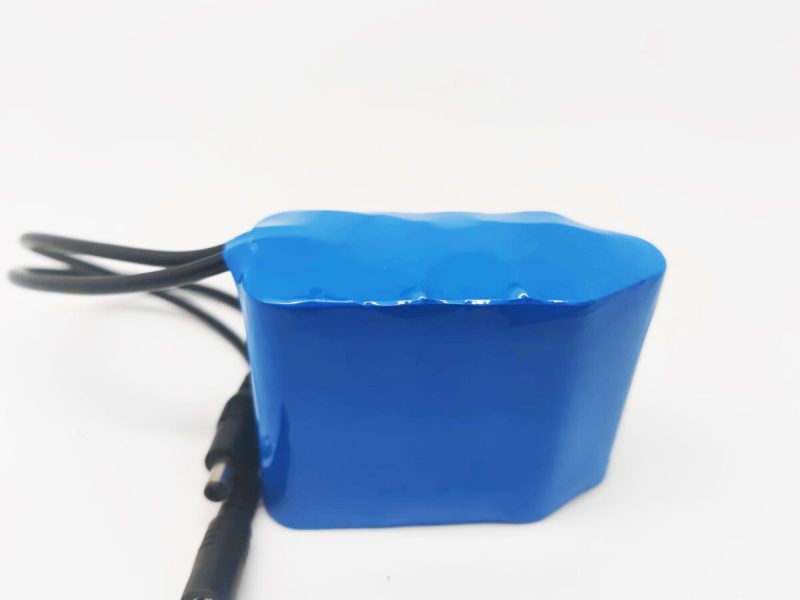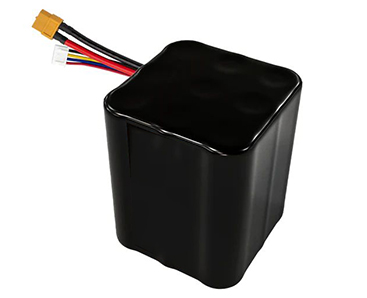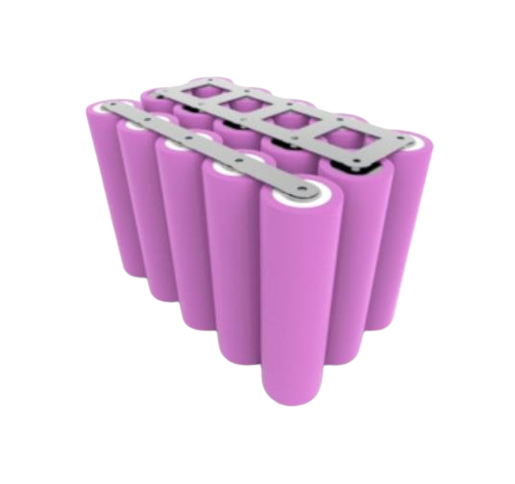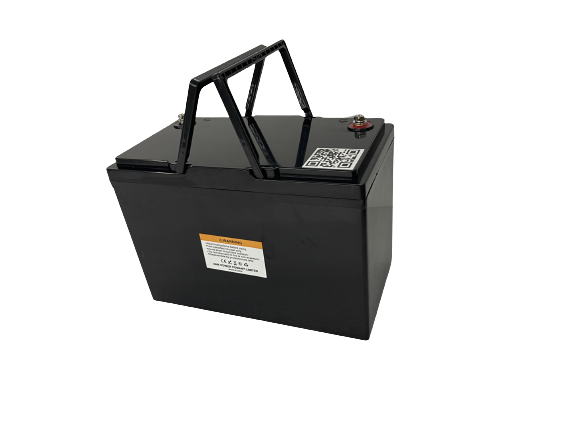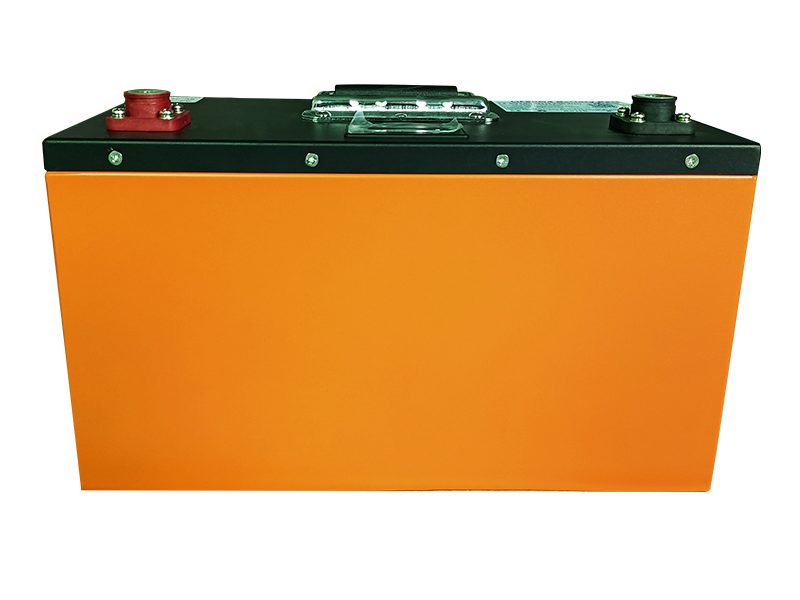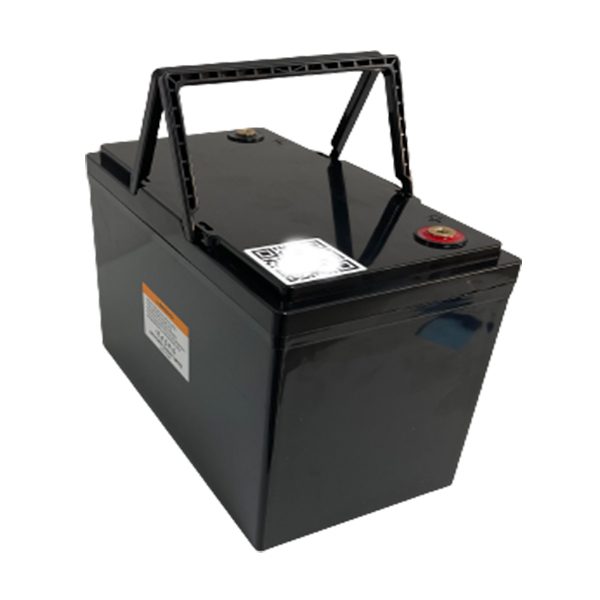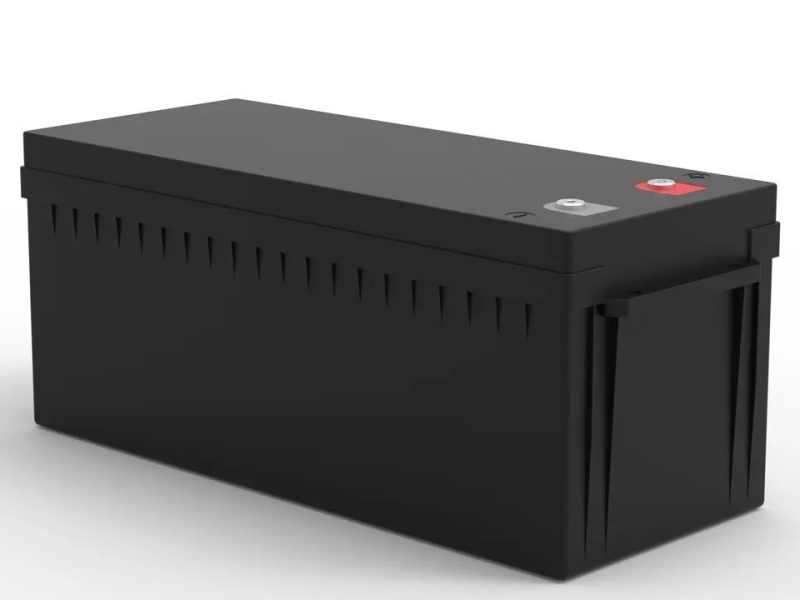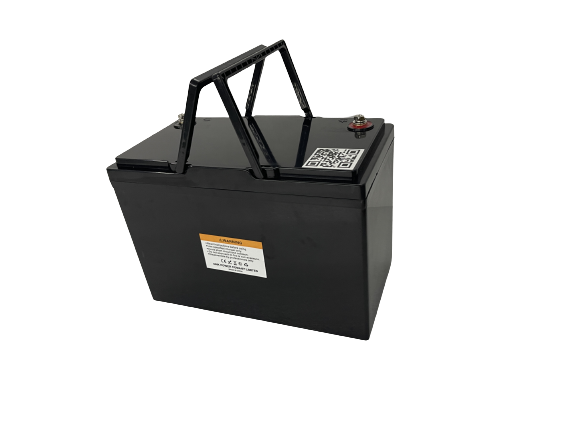Smart rings represent the cutting edge of wearable technology, offering powerful functionality in an elegant, finger-worn form factor. At the heart of these miniature marvels lies sophisticated battery technology that must balance size constraints with performance demands. This comprehensive guide explores the specialized batteries powering smart rings, their unique design requirements, and the advanced manufacturing processes that make them possible.
What Is a Smart Ring Battery?
A smart ring battery is a highly specialized power source designed specifically for compact wearable rings. These batteries must deliver reliable performance while conforming to the unique curved shape of a finger-worn device.
Key Characteristics:
- Ultra-compact form factor (typically 1.4-1.8mm thickness)
- Curved or arc-shaped design to fit ring contours
- High energy density to maximize battery life
- Lightweight construction (often under 0.5g)
- Specially engineered for comfortable 24/7 wear
Smart ring batteries primarily use lithium polymer (LiPo) technology due to its flexibility, lightweight properties, and high energy density—critical factors for devices worn continuously on fingers.
Why Curved Polymer Batteries Are Ideal for Smart Rings
Anatomical Advantages of Curved Battery Design
The curved form factor of lithium polymer batteries provides multiple benefits specifically suited to smart ring applications:
Form Factor Flexibility:
- Batteries can be bent and shaped to follow the natural curvature of a finger
- Custom inner arc lengths (π/6~2π/3) accommodate different ring sizes
- Allows for ergonomic ring designs that remain comfortable during extended wear
Space Optimization:
- Curved batteries maximize available space in the limited ring form factor
- Enables designers to incorporate additional sensors and components
- Supports 360-degree energy delivery around the ring circumference
Technical Specifications and Performance Features
Advanced Materials and Construction
Modern smart ring batteries incorporate sophisticated materials and manufacturing techniques:
Electrode Composition:
- Positive electrodes using specially selected cobalt oxides for performance optimization
- Negative electrodes utilizing graphite or silicon-carbon composites for enhanced capacity
- PVDF-coated ceramic separators to prevent micro-shorts in curved configurations
Typical Specifications:
| Specification | Common Range | Benefits |
|---|---|---|
| Capacity | 15-30mAh | Sufficient power for multi-day operation |
| Voltage | 3.7-4.35V | Compatible with standard electronics |
| Thickness | 1.0-1.8mm | Ultra-thin profile for comfortable wear |
| Width | 6.0-7.0mm | Narrow design for finger comfort |
| Weight | 0.4-0.52g | Lightweight for all-day wearability |
| Cycle Life | 300+ cycles | Long-term durability |
Source: Compiled from search results
Safety Features for Wearable Applications
Smart ring batteries incorporate multiple safety mechanisms essential for devices worn directly against skin:
- Thermal runaway protection for 24/7 wearability
- Enhanced separator materials to prevent internal shorts
- Protective outer casing to prevent physical damage
- UL/IEC certifications for wearable applications
Battery Life and Performance Factors
Runtime Expectations
Battery life varies significantly based on several factors:
Typical Battery Life:
- Basic smart rings: 5-7 days
- Feature-rich rings: 3-5 days
- Leading 2025 models (Samsung Galaxy Ring, Oura Ring 4): 7-8 days
Factors Affecting Battery Performance:
- Feature usage (notifications, health tracking, etc.)
- Environmental temperatures during operation
- Battery age and charging cycles completed
- Software efficiency and power management
Smart Ring Battery Manufacturing Process
Precision Manufacturing Techniques
Two primary manufacturing methods are used for smart ring batteries:
Stacking Process:
- Electrode sheets precisely stacked in layers
- Allows for 0.1mm precision electrode alignment
- Prevents edge wrinkles and maintains aesthetic quality
- Preferred for ultra-thin applications under 1.5mm
Winding Process:
- Traditional cylindrical battery manufacturing technique
- Less commonly used for smart rings due to thickness limitations
- May be employed for larger wearable applications
Charging Methods for Smart Ring Batteries
Efficient Recharging Solutions
Smart rings employ several charging technologies to balance convenience with size constraints:
Common Charging Methods:
- Magnetic charging via specialized docks or pads
- Wireless (inductive) Qi charging technology
- USB charging cradles for travel convenience
- Portable battery cases similar to wireless earbuds
Charging Specifications:
- Typical full charge time: 60-90 minutes
- Magnetic induction: Qi v2.0-compatible 80mA trickle charging
- Temperature-regulated charging (automatic current reduction at 35°C+)
Maintenance and Care Tips for Maximum Lifespan
Optimizing Battery Performance
Following proper maintenance protocols significantly extends battery life:
Best Practices:
- Maintain 20%-80% charge cycles for 2X lifespan vs. full discharges
- Avoid extreme temperatures during storage and use
- Clean charging contacts regularly with isopropyl alcohol
- Update smart ring firmware to benefit from power optimization improvements
- Store at approximately 50% charge if not in use for extended periods
Vade Battery’s Custom Smart Ring Battery Solutions
Specialized Manufacturing Expertise
Vade Battery offers custom rechargeable solutions specifically designed for smart ring applications:
Proprietary Stacking Technology:
- 0.1mm precision electrode alignment for curved configurations
- Customizable inner arc radii (12-22mm) with ±0.3mm tolerance
- Ultra-low self-discharge technology to extend shelf life
Certified Smart Ring Battery Options:
| Model | Capacity | Thickness | Certifications |
|---|---|---|---|
| VB-SR120 | 22mAh | 1.5mm | UL2054, UN38.3 |
| VB-SR200 | 28mAh | 1.8mm | IEC62133, CE |
Note: For custom specifications, contact Vade Battery for a tailored solution
Why Choose Vade Battery for Smart Ring Power Solutions
Vade Battery brings specialized expertise to smart ring battery manufacturing:
- 16+ years of experience in lithium battery manufacturing for wearables
- Fully integrated supply chain for consistent quality and rapid delivery
- Comprehensive testing and certification processes
- Factory-direct pricing for competitive advantage
- Custom design capabilities for unique form factors
- UN38.3 certification for safe shipping worldwide
The Future of Smart Ring Battery Technology
Emerging Innovations
Battery technology continues to evolve, with several promising developments for smart rings:
Advanced Materials:
- Silicon-carbon anodes increasing energy density by up to 30%
- Solid-state electrolytes for enhanced safety and longer cycles
- Dual-tab designs reducing battery width and optimizing internal space
Performance Improvements:
- Fast-charging protocols for minimal downtime
- Enhanced power management for extended battery life
- Further miniaturization without compromising performance
Smart ring batteries represent a fascinating intersection of advanced materials science, precision manufacturing, and wearable technology. As smart rings continue to evolve with more sophisticated features and functionality, the specialized batteries powering them will remain critical to their success and adoption. For manufacturers seeking custom battery solutions for smart ring applications, working with experienced partners like Vade Battery ensures access to the latest technology and expertise in this rapidly evolving field.

